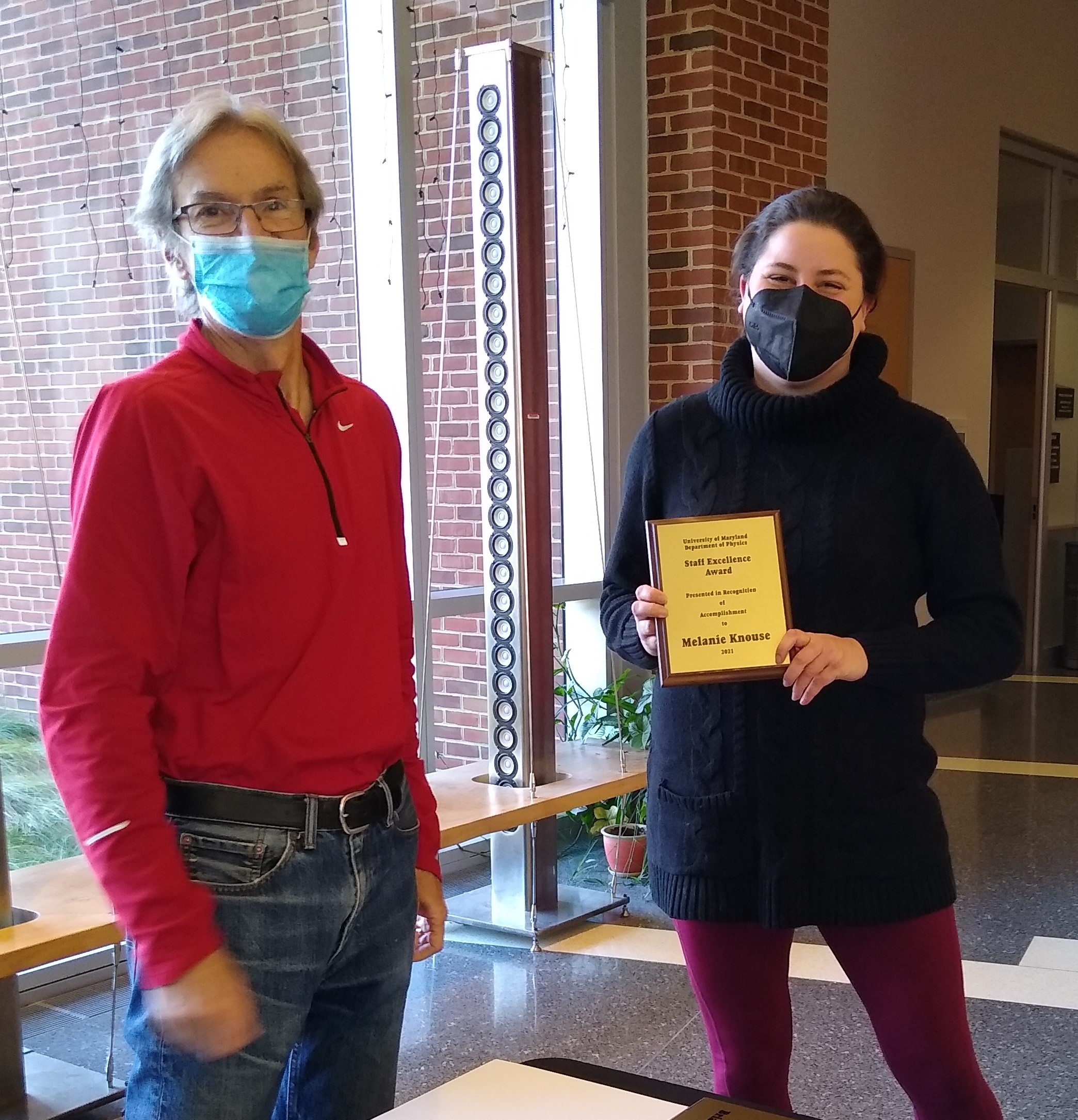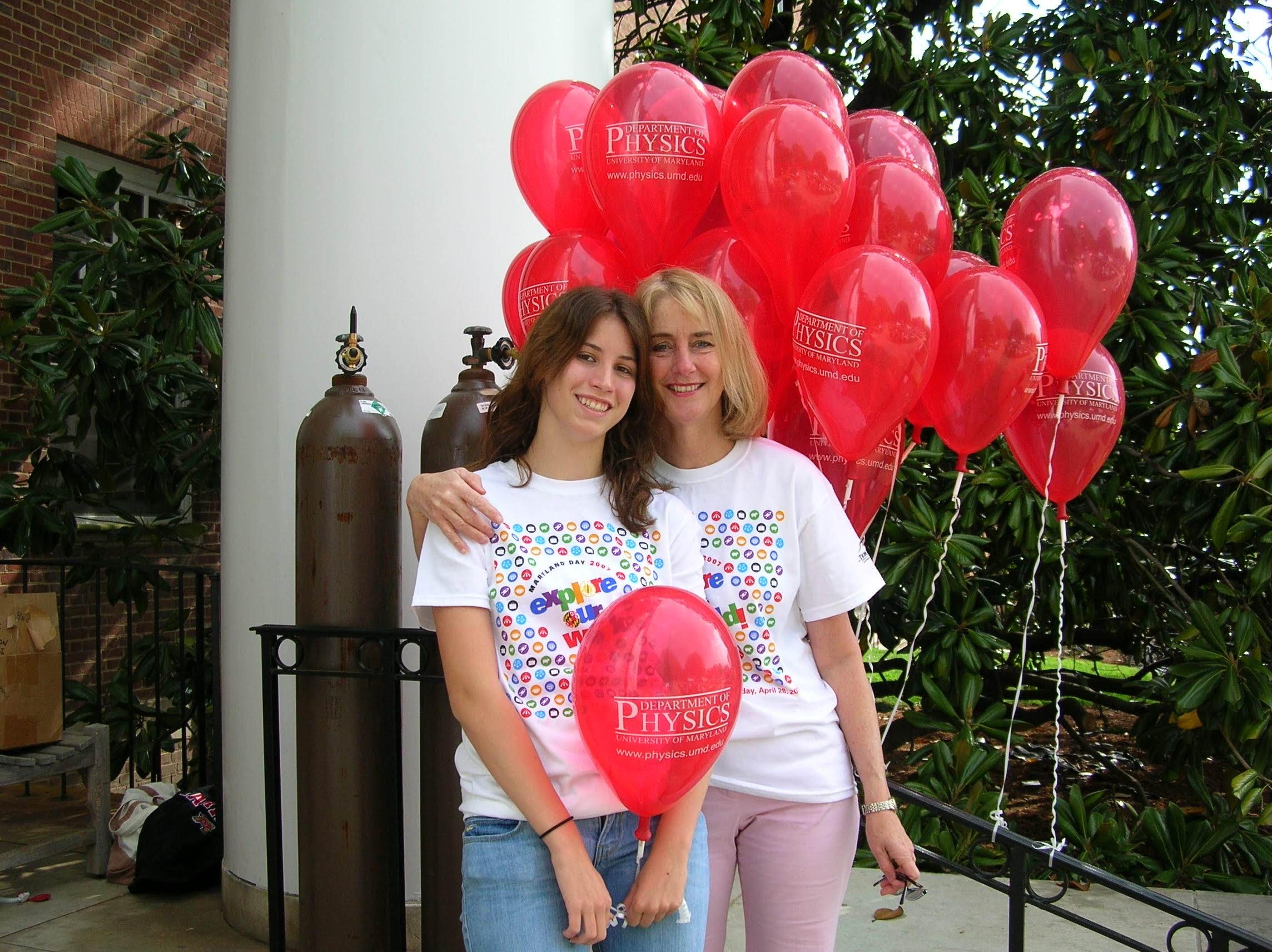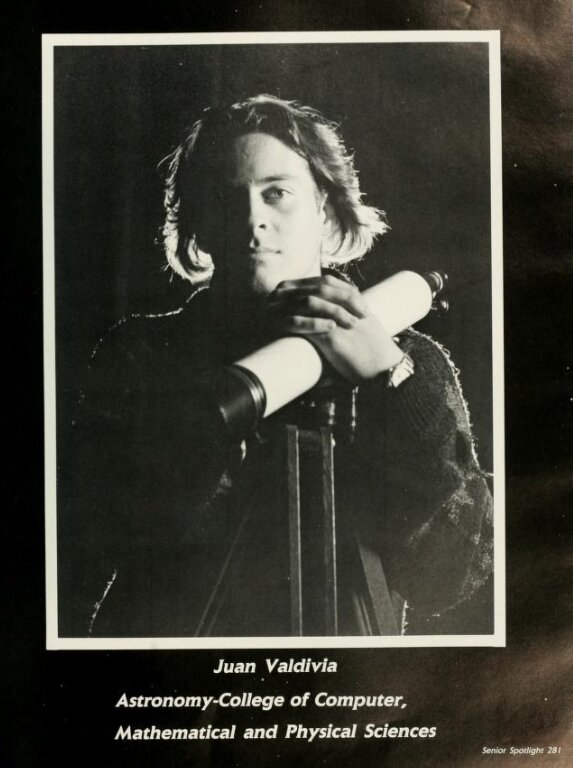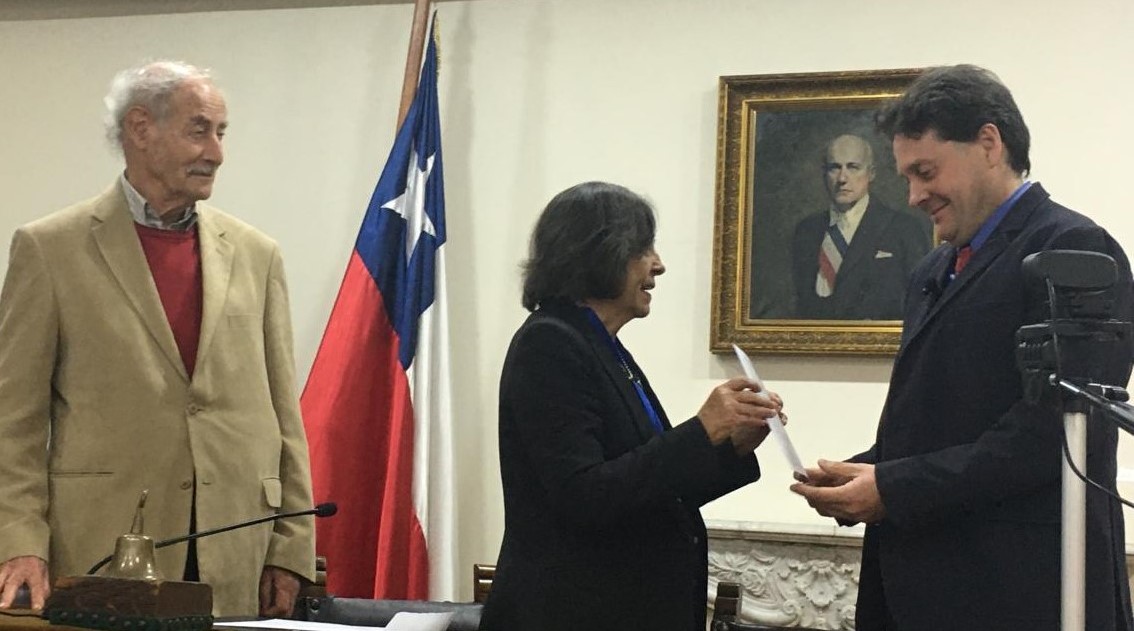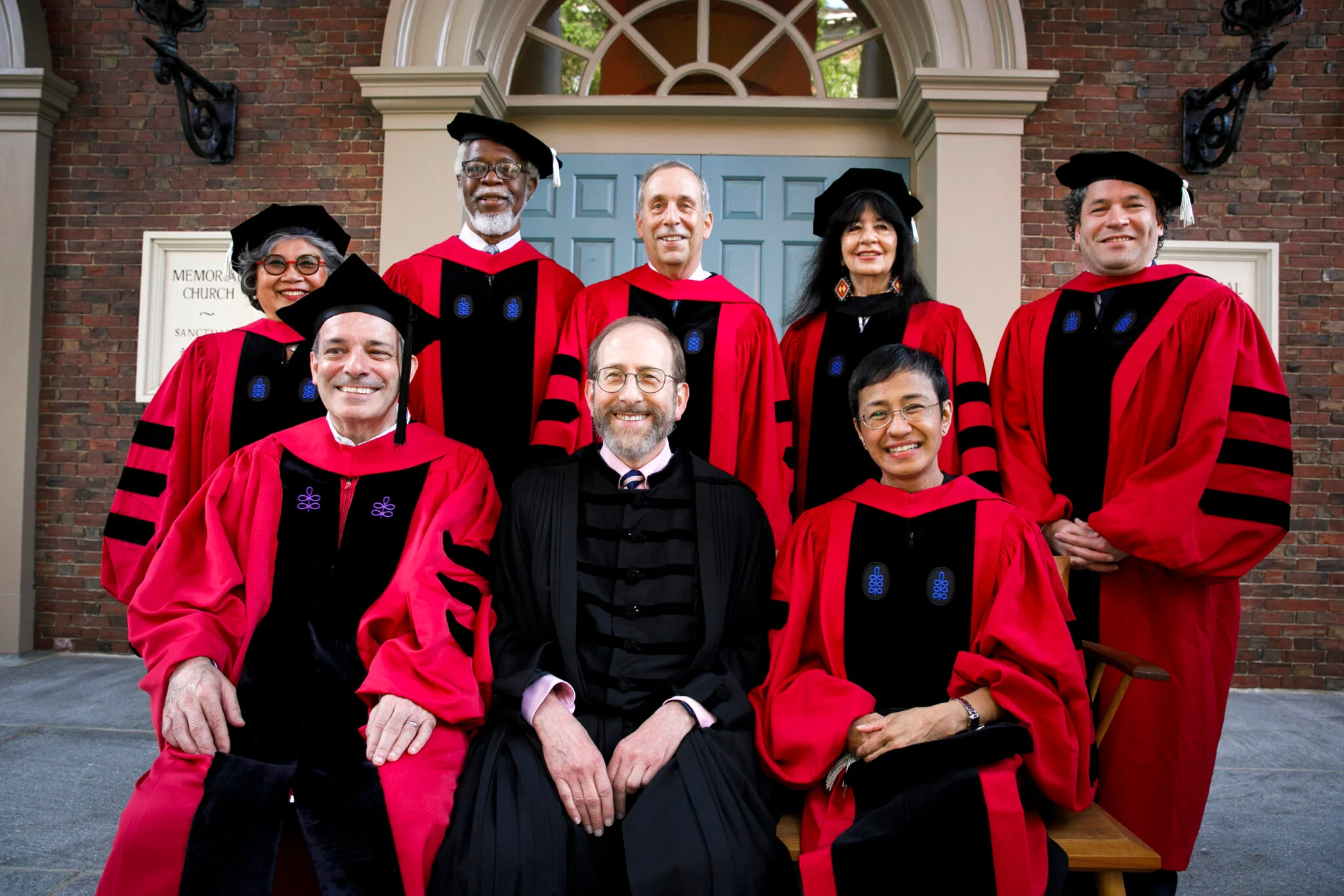Adjunct Professor Alexey Gorshkov has won the 2024 Institute of Electrical and Electronics Engineers (IEEE) Photonics Society Quantum Electronics Award.
Each year the IEEE Photonics Society recognizes one individual or team with the award for outstanding contributions to quantum electronics. Gorshkov, who is also a Physicist at the National Institute of Standards and Technology, a Fellow of the Joint Quantum Institute (JQI) and of the Joint Center for Quantum Information and Computer Science and an Institute for Robust Quantum Simulation Senior Investigator, was honored for his research contributions in the areas of understanding, designing, and controlling interacting quantum systems. These topics are essential to the development and operation of technologies like quantum computers, quantum networks and quantum sensors.
"It's a great honor to receive this award,” Gorshkov says. “I am profoundly grateful to my numerous fantastic collaborators, including students and postdocs, and to my colleagues—all of these people were instrumental to completing the research that led to this award."
Gorshkov leads a theoretical research group that tackles a broad range of physics topics encompassing quantum optics, atomic and molecular physics, condensed matter physics and quantum information science. By combining tools and concepts from these areas, his group works to develop powerful quantum technologies, including precise clocks, sensors, quantum communication devices, and quantum computers. These devices require precise control of light, atoms or molecules to harness quantum behaviors and deliver practical advantages.
IEEE is a global professional organization with more than 460,000 members. It fosters technological innovation by sponsoring conferences, publishing academic journals, honoring the achievements of community members and other activities. The IEEE Photonics Society is the portion of the organization that is focused on research into the quantum behavior of particles of light.
Original story by Bailey Bedford: https://jqi.umd.edu/news/gorshkov-wins-ieee-photonics-society-quantum-electronics-award
